For many Unicode characters you'll need to use the following font (at least for Windows, please comment for Linux and Mac if you're able to test):
a:link {font-family: 'Segoe UI Symbol' !important;}
Also you can apply CSS selectors to use the target attribute as so:
a[target='blank']
a[target]
Keep in mind that browsers are funny about the behavior of the a selector and a:link / a:visited so definitely test with that in mind.
Unicode 'Two Joined Squares' character:
⧉
http://www.fileformat.info/info/unicode/char/29c9/index.htm

CSS
a[target='_blank']::after {content: '\29C9';}
Support
Mac OS X, Yosemite: 2 fonts, Apple Symbol and STIXGeneral
Unicode 'White Square with Upper Right Quadrant' character:
◳
http://www.fileformat.info/info/unicode/char/25F3/index.htm

CSS
a[target='_blank']::after {content: '\25F3';}
Support
Mac OS X, Yosemite: 3 fonts, Apple Symbol, STIXGeneral, Menlo.
Unicode 'Upper Right Drop-Shadowed White Square' character:
❐
http://www.fileformat.info/info/unicode/char/2750/index.htm

CSS
a[target='_blank']::after {content: '\2750';}
Support
Mac OS X 10.10 Yosemite has three fonts: Arial Unicode MS, Menlo and Zapf Dingbats.









